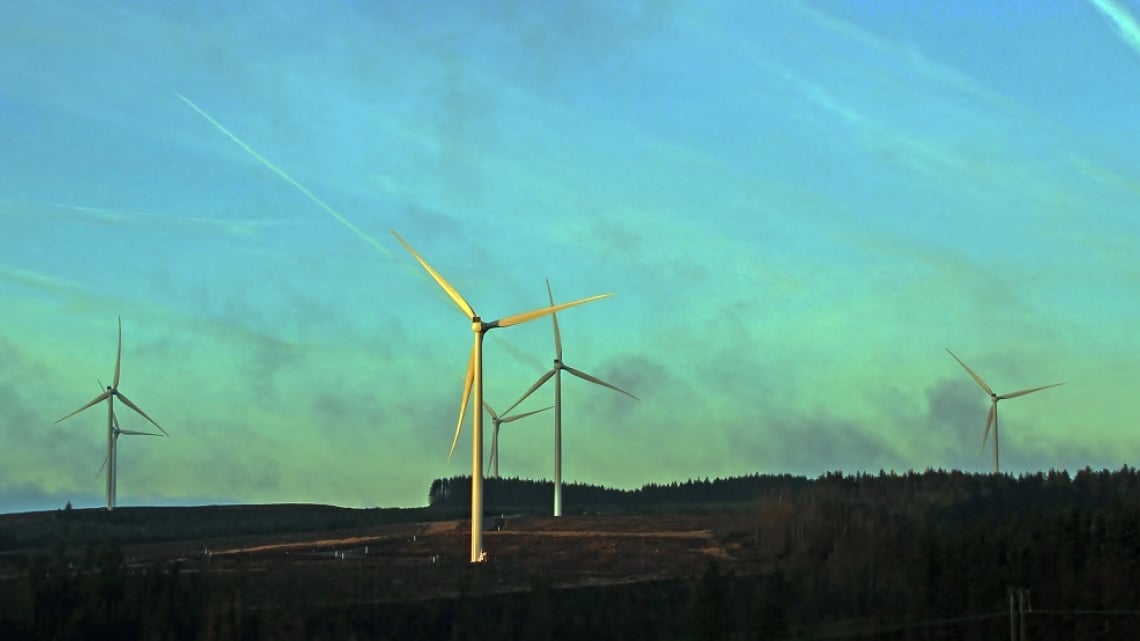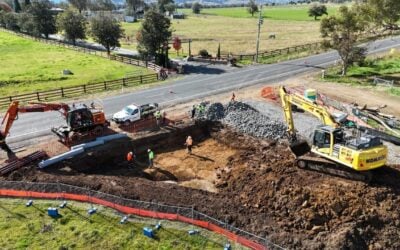
European energy company Vattenfall is combining a 22MW wind power plant with 38MW of solar PV at a hybrid project in the Netherlands, integrating the capacity with 12MWh of batteries from carmaker BMW.
It will take little over a year to complete the project according to Vattenfall, with a planned operational date of September 2020. The 60MW power plant and its battery storage system will cost a total of EU61 million (US$68.17 million) investment and one company executive said that such hybrid projects are “an important building block” in the energy transition.
Enjoy 12 months of exclusive analysis
- Regular insight and analysis of the industry’s biggest developments
- In-depth interviews with the industry’s leading figures
- Annual digital subscription to the PV Tech Power journal
- Discounts on Solar Media’s portfolio of events, in-person and virtual
While the likes of Shell CEO Ben Van Beurden have conceded that renewables with batteries are likely to become the mainstream of energy in interviews a couple of years back and with his company taking on the acquisitions of energy storage company Sonnen and aggregator Limejump since then, Van Beurden of Shell has talked about this process happening over decades.
Vattenfall’s senior VP, and head of its wind power business Gunnar Groebler said his company “wants to enable fossil-free living within one generation,” adding that “hybrid power plants are an important building block for us in the direction of 100% fossil-free power generation.” A company representative confirmed to Energy-Storage.news that its the company’s first hybrid to combine wind, solar and storage, although it has executed wind-plus-storage projects already in the Netherlands and the UK.
“The complementary wind and solar generation profiles reduce the load on the grid compared to a single generation technology,” Groebler said.
“Hybrid systems provide less pronounced peaks and we see fewer total times without production. This leads to a more efficient use of the network infrastructure. In addition, the costs for grid connection are significantly reduced compared to stand-alone systems,” in turn reducing the cost of renewables, Groebler said.
Once in a lifetime
Better wind – and other renewable energy – integration into energy networks is becoming an important aspect of Vattenfall’s business, the company – which has also just won a Dutch tender to provide 1.5GW of offshore capacity in the North Sea – told Energy-Storage.news today. Meanwhile, both provincial and local government were proactive in bringing about the hybrid battery park project, the representative said.
“That battery actually forms a kind of buffer between the grid and the windmill or the solar park. You temporarily store the energy here, which you can then feed into the grid. So that that happens in a more balanced way,” the Vattenfall representative said.
The 12MWh of battery storage will be split across 12 containers. BMW buys in prismatic lithium-ion cells for assembly into modules at its own facilities, before turning them into high-voltage batteries. In an interview published in January on BMW’s corporate blog, Stefan Juraschek, head of the company’s electric powertrain division, said that choosing the prismatic “hard case arrangement makes the battery modules more suitable for industrialisation by increasing the level of automation during module assembly” while allowing for higher pack density and enabling the easier integration of safety features.
“Using these specific batteries, with its cell structure, fits to the use cases that we intend to pursue with this battery storage project,” the Vattenfall media representative said, adding that BMW first life batteries will be used, rather than batteries repurposed from being used or originally destined for use in cars. Projects the two parties have previously worked together on include 33MWh of battery storage systems at a 228MW wind farm in Wales, and a smaller 3MW system at a 90MW wind farm in the Netherlands, both completed in 2017.
“Additionally, smart steering of the different assets in the renewable park is contributing value,” with Vattenfall developing the necessary software and controls through its R&D efforts.
“This way Vattenfall can increase the influx of renewables in the grid whilst maintaining and contributing to grid stability,” the company spokesperson said.
“We think we will have more hybrid possibilities in the future.”
BMW’s Stefan Juraschek said in that January interview that BMW does “do not see any supply risks, even in the event of growing demand for battery cells.”
“My colleagues in Purchasing have secured a reliable supply with long-term contracts. We have also built up in-house battery cell expertise over the course of joint projects with international partners throughout the value chain.”
BMW is also among the big names (others include VW and Goldman Sachs) to have invested heavily in Northvolt, the consortium looking to build two battery manufacturing ‘gigafactories’ in Sweden, and is also working with recycling specialist Umicore on creating a ‘closed loop’ supply chain.






